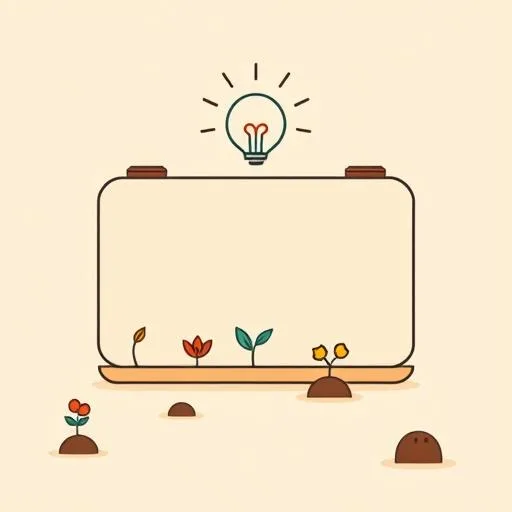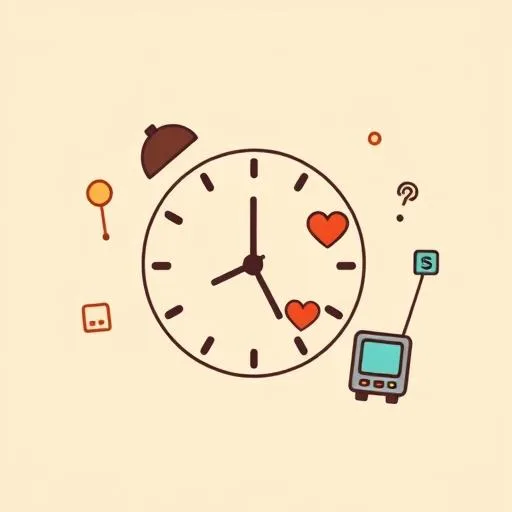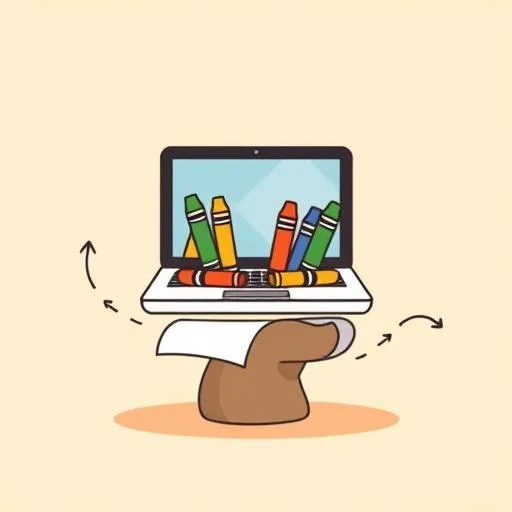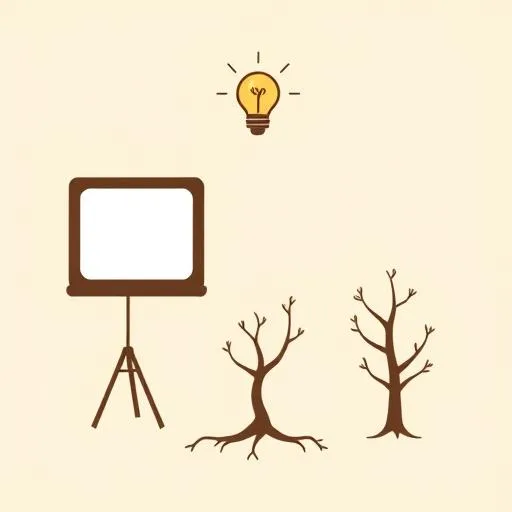
Staring at an empty slide deck? Feels familiar—even for kids tackling school projects. What if AI could flip that dread into joyful discovery without losing the heart of learning? Let’s unpack how tools like Gamma and SlidesAI reshape classrooms, and what truly matters for our children’s growth.
How Is AI Quietly Revolutionizing Classrooms?

So how does this play out in real classrooms? Remember those evenings wrestling with presentation formats while your child sketched out ideas on scrap paper? Teachers face that daily too. Now, tools like Gamma and SlidesAI are quietly changing the game—turning ‘blank slide syndrome’ into moments for real connection. Picture this: instead of lost hours adjusting fonts, a teacher spots a quiet student’s confusion and kneels beside them.
Research shows only half of teacher time was ever spent directly engaging kids before AI tools took hold. Today, those saved hours—over 10 million globally—mean more stories shared, more questions asked, more ‘aha!’ moments savored. It’s not about flashy tech—it’s about space for humanity.
That spark of engagement? McKinsey found AI-driven lessons boost student involvement by 60%, especially for tricky topics. Imagine a child finally grasping fractions through a vivid slide deck crafted in seconds, then racing home to teach you the ‘pizza slice method.’ But here’s the nudge for parents: real learning blooms when slides are bridges—not destinations. What if we asked our kids first, ‘What wild idea do you want to share?’ before opening the laptop?
How Can We Balance Clicks and Crayons for Kids?

You know how it goes—kids today might whip up polished slides faster than we baked cookies as kids. SlidesAI drafts clean visuals instantly; Gamma weaves narratives that feel like campfire tales. Yet here’s what keeps me up at night: if AI builds the structure, where do children stretch their imagination? I’ve watched young learners hand over their entire vision to a tool, missing the messy magic of doodling first drafts.
Tools like Plus AI’s prompt-to-presentation feature even craft slides in any language—a gift for families navigating new cultures. But let’s not forget: the stumbles while sketching that first ‘unicorn business pitch’ on paper? That’s where resilience grows.
Why not try this? Before firing up AI, grab construction paper and markers. Challenge your child to outline their project in three simple drawings—no words allowed! You’ll see laughter erupt as they ‘explain’ their scribbled masterpiece. This isn’t anti-tech; it’s pro-process. When screens handle formatting, we reclaim time for the heartbeat of learning: curiosity-driven ‘what ifs’. Like that rainy-day experiment where my neighbor’s kid used Gamma to turn her leaf collection into a slideshow—but only after stomping through puddles to gather them.
What Truly Sticks When Slides Fade Away?

Let’s be real—no tool teaches the warmth in a grandparent’s voice sharing family stories, or the pride when a child explains their diorama to stunned classmates. BeautifulAI makes decks stunning, but can’t replicate the sticky-fingered collaboration of building a model volcano. That’s why I wonder: as AI handles the ‘how,’ are we protecting space for the ‘why’? When slides flow effortlessly, kids might skip wrestling with ideas—and that struggle is where understanding takes root.
Think of it like baking bread. You wouldn’t skip kneading just because mixers exist—the push-and-pull develops the dough’s soul. Same for learning. Suggest co-creating a family presentation about last weekend’s park adventure: ‘You draft the joke about the squirrel, I’ll add photos’. Suddenly, tech becomes a shared language. Tools like Canva’s Magic Design even encourage remixing—perfect for turning Grandma’s vacation tales into a slide story where every voice gets a say. The goal isn’t fancy slides; it’s helping kids own their voice in a world buzzing with shortcuts.
How Do We Plant Seeds for Tomorrow’s Explorers?

We’re not raising future slide-clickers; we’re growing humans who’ll navigate uncharted paths. When teachers use AI to free up time, they’re gifted moments to nurture what algorithms can’t touch: empathy, critical thinking, the courage to say ‘I don’t know.’ That’s the real treasure in those 10 million saved hours. For parents, it’s a reminder to keep one foot in the digital playground and one in the dirt-under-fingernails world.
Next time your child presents a passion project, ask what surprised them—not what font they used. Did they stumble? Triumph? That’s what builds real grit. It’s those messy, imperfect moments that stitch the fabric of their confidence.
So let AI handle the ‘how’ of slides. We’ll keep guarding the ‘heart.’ Because long after project due dates fade, what lingers isn’t the glitzy animation—it’s the confidence to stand, shaky-kneed but smiling, and share something only they could create. Now that’s a presentation worth building together.
Source: Never Create a Presentation from Scratch Again: Power Your Slides with AI, The Innovative Educator, 2025/09/06 19:07:00
